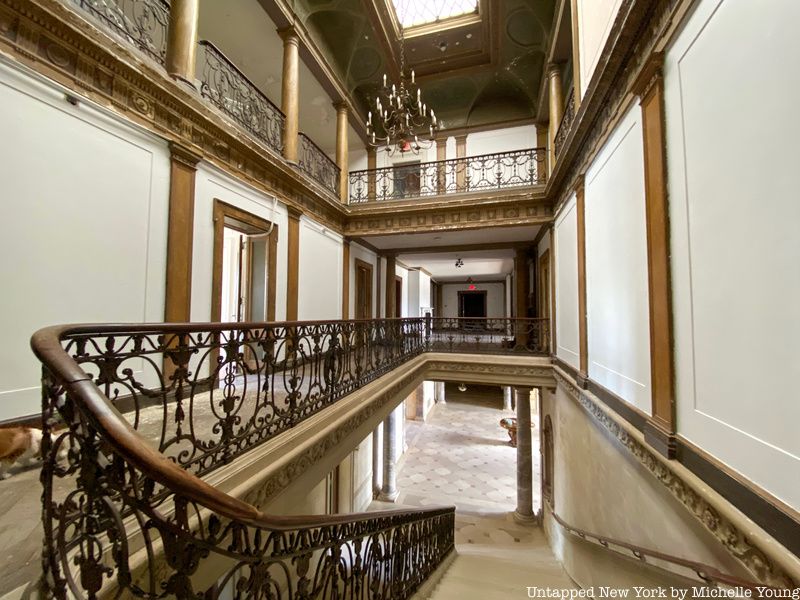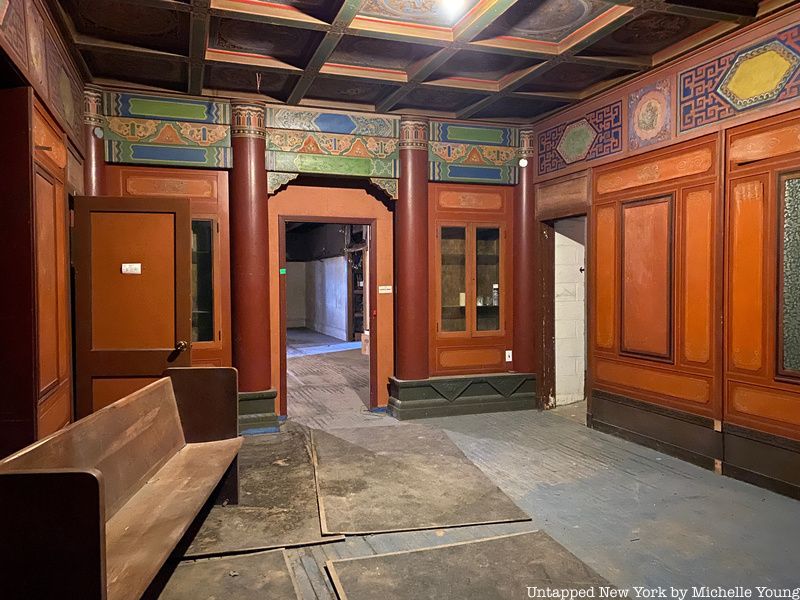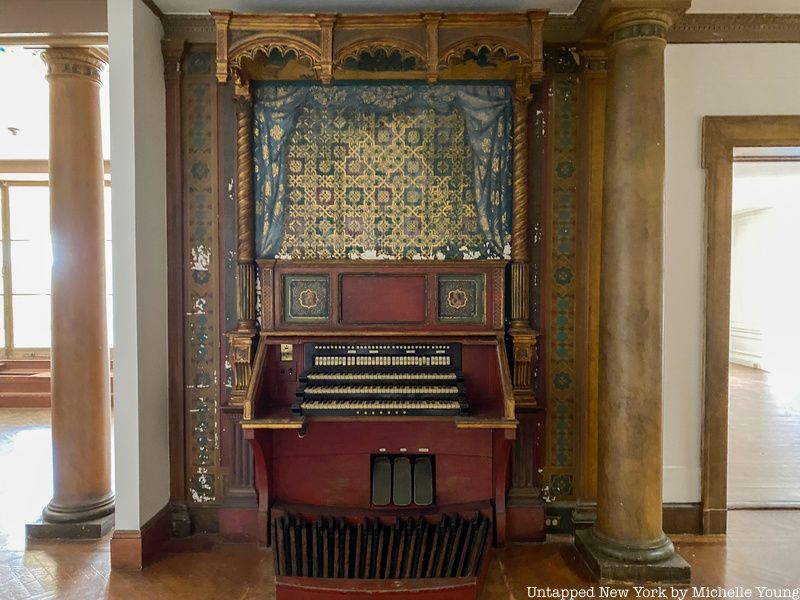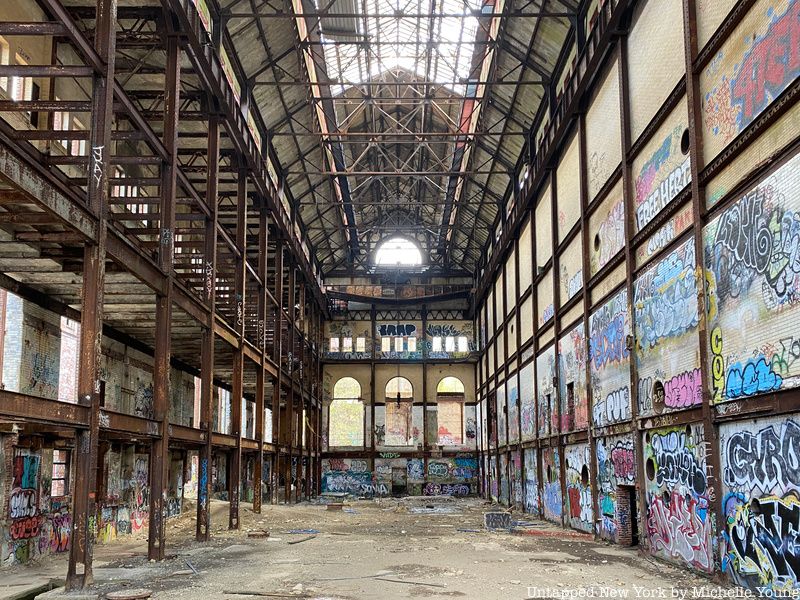Last Chance to Catch NYC's Holiday Notalgia Train
We met the voices of the NYC subway on our nostalgia ride this weekend!


From a floating subway car to a repurposed abandoned power plant, Yonkers boasts leading architectural feats in New York. One of the most prominent aspects of the architecture in New York’s largest suburb is Alder Manor, a sprawling property once home to mining tycoon William Boyce Thompson. Though Alder Manor is no longer home to Thompson, it will still serve as the home base for some of New York’s most powerful leaders. This time, these leaders will be fighting climate change in their new global home for climate solutions rather than ruling the mining industry.
Thompson, who was born and raised in Montana, yearned for the cliffs and mountains of his home state while he made a fortune in the mining business. As a result, he chose to build his mansion in Yonkers because of its view of the Hudson River and Palisades. Other references to Montana within Alder Manor include cattle carvings in the stairwell.
Responsible for the deliberate details, renowned architects John Merven Carrère and Thomas Hastings, otherwise known as Carrère and Hastings, designed the 25-room mansion. Though the duo is best known for their Beaux-Arts masterpieces, including the New York Public Library main branch and the Henry Clay Frick House, they designed Alder Manor in the Renaissance Revival architectural style.
Within the Manor are elaborate rooms, including a library with deep red curtains and a gold ceiling, a dining room with floor-to-ceiling windows, and a drawing room complete with a grand fireplace. Standing within the mansion, one can see the Hudson River. However, all the swimming once occurred in the property’s now empty indoor marble pool.





Imported Chinese art sits in the basement of Alder Manor. Inspired by rooms in the Imperial Palace in Beijing, Thompson’s basement was designed to hold his gem collection. Though the gem collection currently resides at the Museum of Natural History, the basement remains with the art on its walls and ceilings.
The whole property includes four distinct buildings: the 1912 mansion, an adjacent chapel, a caretaker cottage, and a previous college dormitory. A 16th-century Italian church facade remains on the property, beckoning visitors to engage with history. Outside the buildings, a sculpture garden, amphitheater, and gazebo exist as an escape to nature.
Alder Manor has become a popular film location venue where Mr. Robot, Inventing Anna, and other productions have been filmed. Though, some still use the property as their wedding venue. With a sprawling marble staircase and beautiful attention to detail, Alder Manor serves as an ideal backdrop for wedding photos. A patterned organ whose pipes are visible from the third floor of the mansion adds elegance and culture to the already elaborate home.
Throughout its existence, Alder Manor has been a home and a college. In the future, however, it will be part of a global home for climate solutions as one of two sections of The Plant, a center for leading climate innovators, artists, scientists, non-profit leaders, and companies to “co-create lasting solutions for the climate crisis.”

According to the developers, The Plant has a “mission to address the most pressing environmental challenges of our time by powering a more human, and just future through development, innovation, art, community, and jobs.” The other part of the center is the Glenwood Power Plant, a building erected in 1900 when railroads in the metropolitan New York region were electrified. When Con Edison stopped using the plant in 1963, it declined into disrepair. Through the repurposing of Glenwood Power Plant and Alder Manor, The Plant is giving these Yonkers’ architectural feats a new life.
Next, learn more about the Glenwood Power Plant!
Subscribe to our newsletter